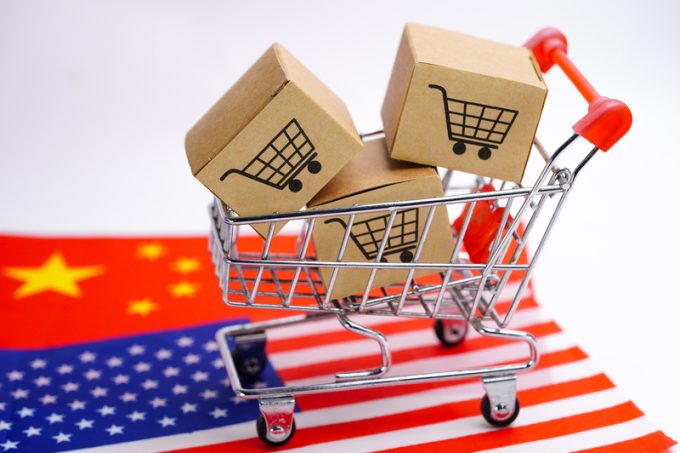Seeking Alpha on auto tariffs: 'The good, the bad, and the ugly'
SEEKING ALPHA reports: President Donald Trump announced new tariffs on automobile imports on Wednesday. A 25% ...

US importers of Chinese goods valued below $800 may lose their exemption from tariffs, if a proposal from the US Customs & Border Protection agency (CBP) moves forward.
On 2 September, CBP asked the US Office of Management & Budget for regulatory review of a proposal entitled Excepting Merchandise Subject to Section 301 Duties from the Customs De Minimis Exemption [of $800].
“I think the biggest impact would be on AliExpress imports, including Wish, one of the largest marketplaces in the US, ...
Volcanic disruption at Anchorage could hit transpacific airfreight operations
Macron calls for ‘suspension’ – CMA CGM's $20bn US investment in doubt
De minimis exemption on shipments from China to the US will end in May
Forwarders stay cool as US 'liberation day' tariffs threaten 'global trade war'
Mixed response in US to 'Liberation Day', while China leads wave of retaliation
Trump tariffs see hundreds of cancelled container bookings a day from Asia
Tariffs and de minimis set air freight rates on a volatile course

Comment on this article